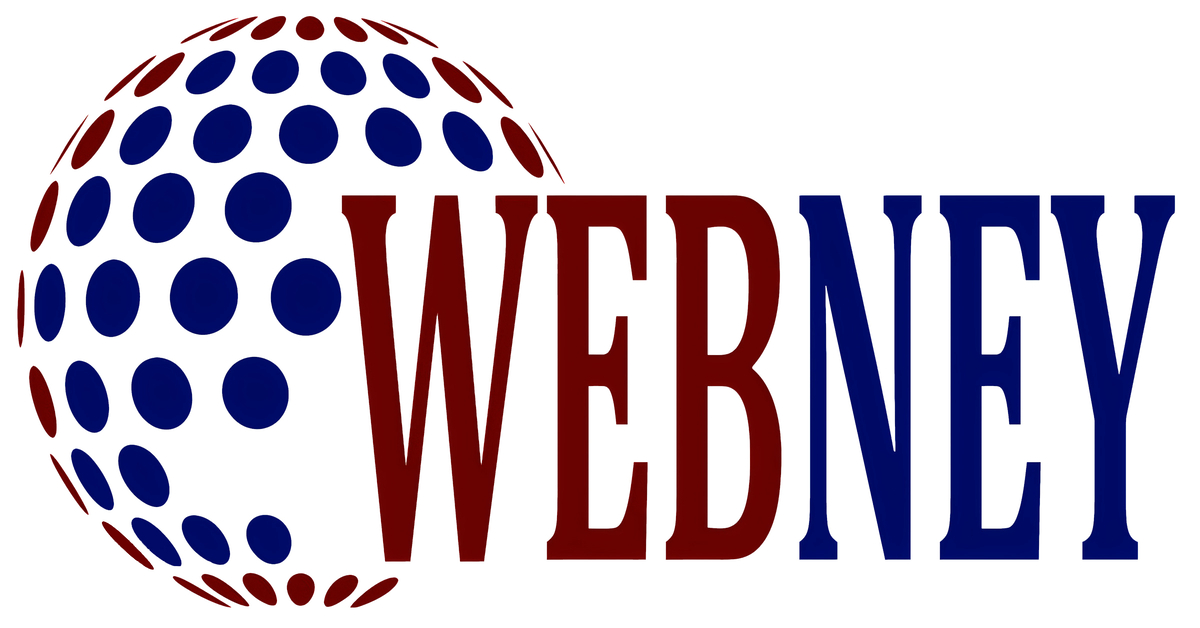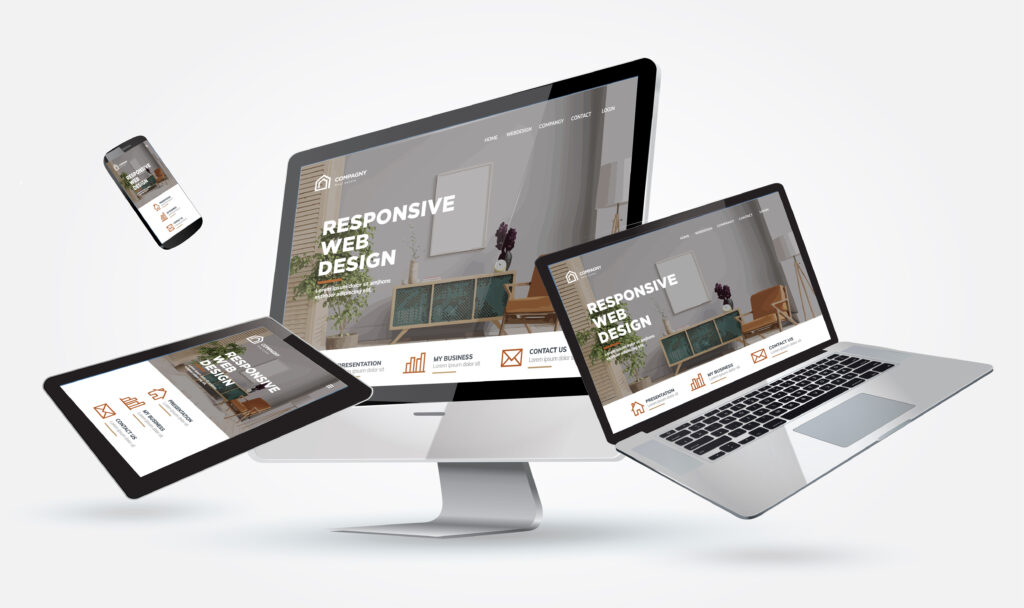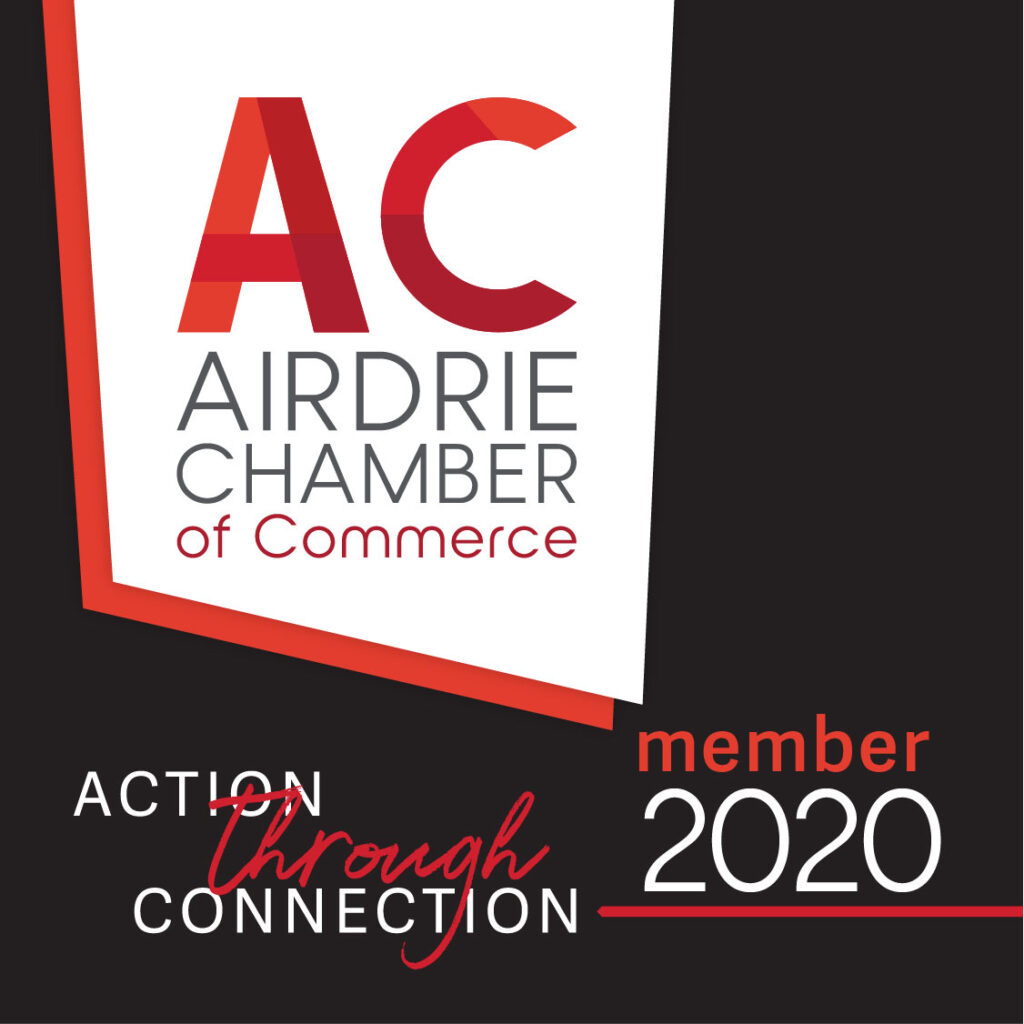Creating a website design mockup is a crucial step in the web development process. It allows you to visualize your ideas and get stakeholder buy-in before investing time and resources into coding.
At Webney Website Design, we’ve helped countless clients bring their digital visions to life. In this post, we’ll guide you through the essential steps of crafting an effective website design mockup.
Define Website Purpose and Goals
Start with a clear articulation of your website’s purpose. Will you sell products, provide information, or generate leads? Write down your primary goal and any secondary objectives. This clarity will guide your design decisions throughout the mockup process.
Understand Your Target Audience
Create detailed user personas representing your ideal visitors. Include demographics, interests, pain points, and online behaviors. Use tools like Google Analytics or social media insights to gather data about your existing audience (if you’re redesigning a site).
Map Out Your Site Structure
Create a comprehensive sitemap outlining all pages and their hierarchical relationships. This visual representation helps ensure logical navigation and content organization. Tools like GlooMaps or Slickplan can streamline this process.
Gather Design Inspiration
Collect examples of websites you admire, focusing on those within your industry or with similar goals. Pay attention to layout, color schemes, and functionality. Pinterest boards or tools like Milanote work great for organizing visual inspiration. However, avoid copying designs outright – try to create a unique mockup that stands out in your niche.
Align with Brand Identity
Ensure your mockup aligns with your brand’s visual identity. Incorporate your logo, color palette, and typography guidelines. Consistency across all touchpoints (including your website) can increase brand recognition.
With a solid plan in place, you’ve laid the groundwork for a mockup that not only looks great but also effectively serves your business goals and user needs. Now, let’s explore the tools that will bring your vision to life in the next chapter.
Selecting the Best Mockup Tools
Creating effective website mockups requires the right tools. At Webney, we’ve tested numerous software options to find the most efficient solutions for our clients. Let’s explore the current landscape of mockup creation tools.
Vector vs. Raster: Making the Right Choice
The choice between vector and raster-based tools remains a topic of debate. For web design mockups, vector-based software often prevails. Tools like Adobe Illustrator or Sketch provide infinite scalability without quality loss, which is essential for responsive designs. Raster-based programs (such as Photoshop) still have their place, particularly for complex imagery or photo manipulation.
Cloud-Based Collaboration: The New Standard
Today’s remote work environment demands cloud-based platforms. Figma has become a leader in this space, offering real-time collaboration features that simplify the feedback process. Its browser-based interface eliminates the need for software installation, making it accessible to clients and team members alike.
Responsive Design: A Must-Have Feature
Mobile traffic now accounts for 79% of global web traffic, according to a report from SaleCycle (“ECommerce Stats & Trends Report,” 2023). Your mockup tool must support responsive design. Look for software that allows you to create and preview designs across multiple screen sizes easily. Adobe XD stands out in this area, with features like responsive resize and repeat grid that significantly reduce work hours.
Top Tool Recommendations
While no single solution fits all projects, we find Figma to be the most versatile option for most tasks. Its combination of vector capabilities, collaboration features, and responsive design tools make it a powerhouse for mockup creation. For more complex projects (or teams deeply invested in the Adobe ecosystem), a combination of Adobe XD and Illustrator can prove highly effective.
The best tool ultimately depends on your workflow and how effectively it helps you communicate your design vision. Don’t hesitate to experiment with different options – many offer free trials or limited free plans. If you feel overwhelmed by the technical aspects of mockup creation, consider reaching out to professional web design services to bring your website vision to life.
Now that we’ve covered the tools, let’s move on to the key elements that make up an effective website mockup.
Layout and Visual Hierarchy
A strong layout forms the foundation of any great mockup. We use a 12-column grid to ensure alignment and balance, which offers flexibility for both desktop and mobile designs.
The F-pattern and Z-pattern remain relevant for many websites. However, these patterns should not restrict your creativity if your content demands a different approach. Your primary goal is to direct the user’s eye to the most important elements first.
Users spend 80% of their time looking at information above the page fold (according to a Nielsen Norman Group study). Place your most crucial content and calls-to-action in this prime real estate. Studies have consistently shown that content positioned above the fold attracts the majority of a user’s attention during the first few seconds.
Brand Integration and Color Psychology
Your mockup should visually extend your brand. Incorporate your logo, color palette, and other brand elements consistently throughout the design. This consistency builds trust and recognition.
Color choice extends beyond using your brand colors. Consider the psychological impact of different hues. Blue often conveys trust and professionalism, while green can represent growth or environmental themes. People make up their minds within 90 seconds of their initial interactions with either people or products.
Navigation and User Flow
Intuitive navigation retains users. Your mockup should clearly define primary, secondary, and (if necessary) tertiary navigation. Users should find any information within three clicks.
Map out user flows for key actions on your site. For an e-commerce site, this might include the path from product discovery to checkout. For a service-based business, it could be the journey from the homepage to the contact form. Visualizing these paths in your mockup helps identify potential roadblocks or areas for improvement.
Typography and Imagery
Typography conveys information and sets the tone. Choose fonts that align with your brand personality and ensure readability. Try to use no more than two or three font families in your design.
For body text, try a font size of at least 16px. Larger font sizes significantly improve readability and user engagement (Smashing Magazine study).
Quality matters when it comes to imagery. Low-resolution or generic stock photos can undermine your design. If budget allows, invest in custom photography or high-quality stock images that align with your brand aesthetic.
Tools and Software
While various tools exist for mockup creation, Weebly stands out as a top choice for its comprehensive features and user-friendly interface. It offers robust tools to construct a website for any purpose, from an online store to a journal.
For more complex projects (or teams deeply invested in the Adobe ecosystem), a combination of Adobe XD and Illustrator can prove highly effective. However, Weebly’s versatility makes it suitable for most tasks.
When designing your mockup, remember to create templates that look good and work well on mobile devices. This attracts your audience and helps share your message effectively across different platforms.
Final Thoughts
Creating a website design mockup requires careful planning, the right tools, and attention to key design elements. You must define your website’s purpose, understand your audience, and map out your site structure to establish a solid foundation. The appropriate software, such as Figma or specialized programs, will empower you to bring your vision to life.
An effective mockup incorporates a compelling layout, strong visual hierarchy, and intuitive navigation. Your design choices, from color schemes to typography, play a vital role in conveying your brand identity and engaging users. The mockup process involves iteration to refine your design, so gather feedback from stakeholders, potential users, and team members to identify areas for improvement.
At Webney, we specialize in transforming website design mockups into stunning, functional websites. Our team of experts can guide you through every stage of the process, from initial concept to final launch. If you’re ready to bring your website vision to life, visit our website to learn how we can help you create a powerful online presence that drives results for your business.


